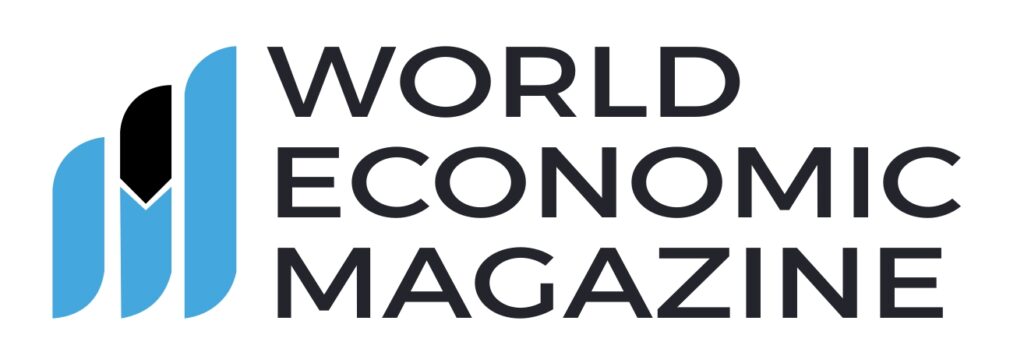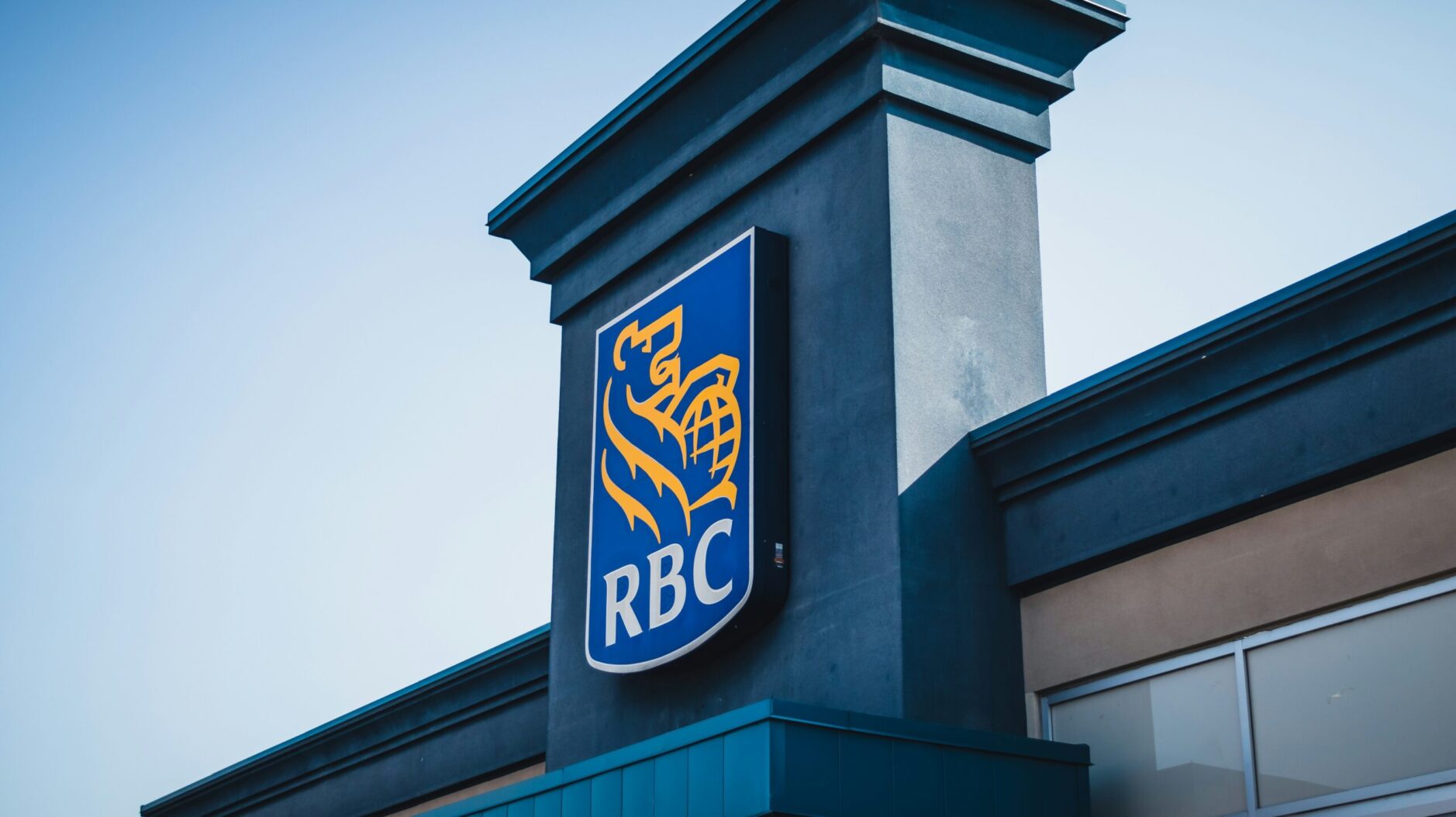
Explainer: LME nickel surge puts clearing houses in the spotlight
LONDON, March 9 (Reuters) – The London Metal Exchange (LME) took emergency measures to halt trading in nickel on Tuesday as prices doubled to more than $100,000 a tonne.
The surge was blamed on short-covering by one of the world’s top producers as Western sanctions squeezed Russia, a major nickel producer. Traders said some holders of nickel positions had also struggled to pay margins to their clearing house. read more
WHAT IS A CLEARING HOUSE?
A clearing house is a critical part of the financial market’s basic plumbing, standing between the buyer and seller to take on the risk if one side of the trade defaults.
The world’s biggest clearing houses include LCH, part of the London Stock Exchange Group , ICE Clear (ICE.N) and CME Clear (CME.O), which handle trillions of dollars of transactions annually in stocks, bonds, derivatives and metals.
Since the global financial crisis, regulators have forced more financial transactions to be backed by clearing houses to improve transparency, making clearers bigger in size.
Critics have said it is now the clearing houses rather than banks that have become “too big to fail”, meaning that taxpayers might have bail them out if one of them went bust to avoid contagion given their myriad connections across financial markets.
Clearers have had to reinforce their defences so they can cope if their two biggest members, usually banks, go bust at the same time.
Regulators also monitor the models clearers use to determine how much margin – a type of insurance payment – is needed to make sure this is not pegged at too low a level just to attract business.
Global regulators have conducted stress tests on the five biggest clearing houses in the world, which showed they had enough capital on hand to handle a significant increase in volatility.
WHY DOES MARGIN MATTER?
Collateral such as treasuries or cash must be posted by members of a clearing house as “insurance” against potential losses or default in their positions.
This margin payment moves in tandem with the price of the asset or contract.
The LME, which clears all trading of its metals contracts, said on Friday it was raising margin requirements for nickel contracts by 12.5% to $2,250 a tonne. The extra charge kicks in at close of business on Tuesday, March 8.

LCH increased margins on some government debt during the euro zone debt crisis, triggering accusations from some governments this was aggravating the crisis.
ICE said on Tuesday it was not the first time to see volatility in commodity markets and all of its margin calls have been met within an hour. read more
In stressed markets, however, it can be difficult for some market participants to raise enough cash or collateral at short notice to meet the margin call.
CAN A CLEARING HOUSE GO BUST?
They can, but it is very rare given there are several safety nets to burn through before that happens.
Actual failures include a clearing house in France in 1974, in Malaysia in 1983 and in Hong Kong in 1987.
But when LCH unwound Lehman Brothers’ $9 trillion interest rate swaps portfolio during the global financial crisis, it used up only about a third of the margin at hand, meaning the neither LCH nor its members suffered losses from closing Lehman’s positions.
Nasdaq Clearing was fined about $36 million pounds last year over the default of a Norwegian power trader Einar Aas in 2018 which showed deficiencies in the clearer’s operations.
But although the margin on hand was too little at that time, the remaining loss was covered by tapping Nasdaq Clearing’s own capital and the clearers default fund, to which all members had contributed. read more
Additional reportig by Pratima Desai in London and John McCrank in New York Editing by Jane Merriman
Source: https://www.reuters.com/business/lme-nickel-surge-puts-clearing-houses-spotlight-2022-03-08/






